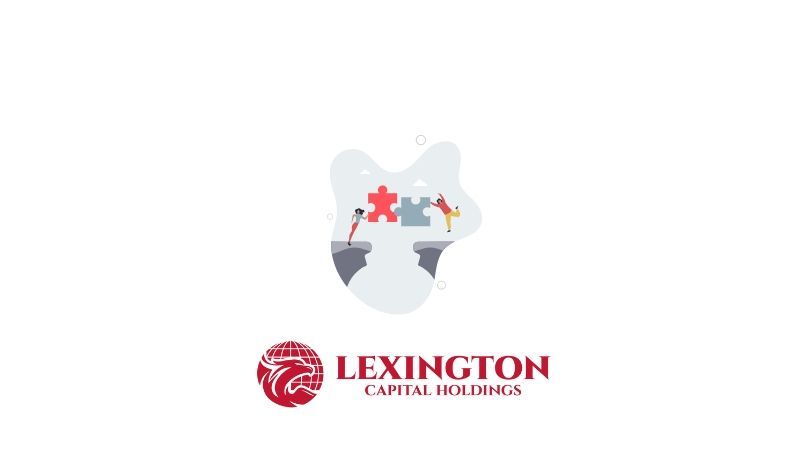The Cost Crunch: How 2024 Changed the Game for Restaurant Owners
The Cost Crunch: How 2024 Changed the Game for Restaurant Owners
In the landscape of 2024, the restaurant industry is facing an unprecedented financial challenge. The cost of owning and operating a restaurant has surged dramatically, driven by a complex web of factors that strain the budgets of even the most established eateries. This rise can be attributed to several key areas, including soaring ingredient prices, increased labor costs, heightened rent and property expenses, and the ever-growing need for technological investments to meet customer expectations and regulatory requirements.
The Rising Costs
Ingredient prices have been on an uphill trajectory, partly due to supply chain disruptions and increased demand for high-quality, sustainable produce. These disruptions have made it challenging for restaurant owners to forecast expenses and manage budgets effectively. Labor costs have also seen a significant rise. The push for living wages, combined with a competitive job market, has increased payroll expenses. Moreover, rent and property costs in prime locations have escalated, squeezing profit margins further. Technological investments, such as for online ordering systems, reservations platforms, and contactless payment options, while essential for attracting and retaining customers, add an additional financial burden.
The Financial Hardship of 2024
The financial hardships facing restaurants in 2024 are multifaceted. Many establishments are struggling to balance the increased costs while maintaining quality and affordability for customers. This balancing act has led to a concerning rise in closures and bankruptcies within the industry. For those that remain, the challenge is to innovate and adapt without compromising the core of what makes them unique.
How Lexington Capital Holdings Can Help
In these turbulent times, accessing capital becomes a critical lifeline for many restaurants. This is where Lexington Capital Holdings shines as an indispensable resource. As a marketplace dedicated to all business finance needs, Lexington Capital Holdings offers a beacon of hope for restaurant owners navigating the rough financial waters of 2024.
Lexington Capital Holdings stands out for its comprehensive range of financial solutions tailored to the unique needs of the restaurant industry. Whether it's securing loans for expansion, refinancing existing debt under more favorable terms, or accessing lines of credit to smooth out cash flow fluctuations, Lexington Capital Holdings provides the tools and expertise necessary for businesses to thrive.
Moreover, Lexington Capital Holdings understands the importance of speed and efficiency in the fast-paced restaurant industry. Their streamlined application process and quick decision-making ensure that businesses can access the funds they need when they need them, without lengthy waits or bureaucratic hurdles.
Conclusion
The restaurant industry in 2024 is at a crossroads, facing unparalleled financial challenges. However, with the support of specialized financial partners like Lexington Capital Holdings, restaurants have a fighting chance to overcome these hurdles, innovate, and continue serving their communities. By leveraging the expertise and financial solutions offered by Lexington Capital Holdings, restaurant owners can navigate the current economic landscape and lay the foundation for a prosperous future.

When you apply for business funding, your application goes through a critical stage—underwriting. This is where lenders evaluate risk and determine whether your business qualifies for financing, and under what terms. Understanding what underwriters look for can help you strengthen your application, avoid delays, and increase your approval odds.

Not every business enjoys a steady stream of income. For many companies—especially those in seasonal industries, contracting, or project-based work—revenue can shift dramatically from month to month. These ups and downs are normal, but they can make managing cash flow, payroll, and operating expenses challenging. At Lexington Capital Holdings, we understand that fluctuating revenue doesn’t mean instability—it just means you need the right financial tools to stay balanced and grow confidently.

The Challenge of Hyper-Growth For many startups, growth isn’t the problem—it’s managing it. Rapid scaling demands capital for hiring, marketing, technology, and operations. But too often, founders find themselves cash-strapped right when they need resources the most. Choosing the right financing strategy can be the difference between sustainable growth and burning out too soon.

When it comes to business financing, the terms you secure are just as important as the funding itself. Lower interest rates, flexible repayment schedules, and higher approval amounts can mean the difference between simply surviving and setting your business up to thrive. The good news? Business owners often have more negotiating power than they realize. At Lexington Capital Holdings, we’ve seen firsthand how preparation and strategy can help secure stronger terms. Here’s how you can do the same:

For many businesses, waiting on customer payments can feel like standing still when you’re ready to move forward. Delayed invoices, extended payment terms, or slow collections create cash flow gaps that make it harder to cover expenses, pay employees, or seize new opportunities. The truth is—even successful, profitable companies face this challenge. The key isn’t avoiding it, but managing it strategically with the right funding solutions

Securing business funding is a milestone—but the real impact comes from how you put that capital to work. Every dollar borrowed should fuel momentum, strengthen operations, and generate measurable returns. Unfortunately, too many businesses stop at “getting approved” and miss the chance to maximize their return on investment (ROI). At Lexington Capital Holdings, we believe funding isn’t just about access to capital—it’s about creating opportunity. Here’s how to ensure your financing delivers the highest ROI:

In today’s fast-paced business environment, standing out from the competition requires more than just great products and services—it takes strategy, timing, and smart financial decisions. One of the most overlooked tools in building and maintaining a competitive advantage is business financing. When leveraged correctly, financing doesn’t just help you “get by”; it can actually position your business to outpace competitors and capture new opportunities.

In business, surprises aren’t a matter of if—they’re a matter of when. Whether it’s a sudden equipment breakdown, an unexpected dip in sales, or a market shift that requires quick adaptation, unforeseen expenses can test even the most successful companies. The difference between thriving and struggling often comes down to how well you’ve prepared.

When most business owners hear the word debt, it sparks feelings of stress or risk. But here’s the truth—debt isn’t always a bad thing. In fact, when managed strategically, debt can become one of the most powerful tools to grow, stabilize, and scale your business. At Lexington Capital Holdings, we work with business owners every day who are navigating this very question: Is taking on debt the right move for me? Let’s break down the difference between “good” and “bad” debt so you can make informed financial decisions.

In today’s business world, financing options are everywhere—but choosing the right path can feel overwhelming. From traditional bank loans to alternative lending solutions, the fine print and fast-changing requirements often leave business owners spending more time deciphering funding terms than actually running their businesses. That’s where the value of a dedicated funding advisor truly shines. At Lexington Capital Holdings, we’ve seen firsthand how personalized guidance can transform the funding experience for business owners of all sizes.

